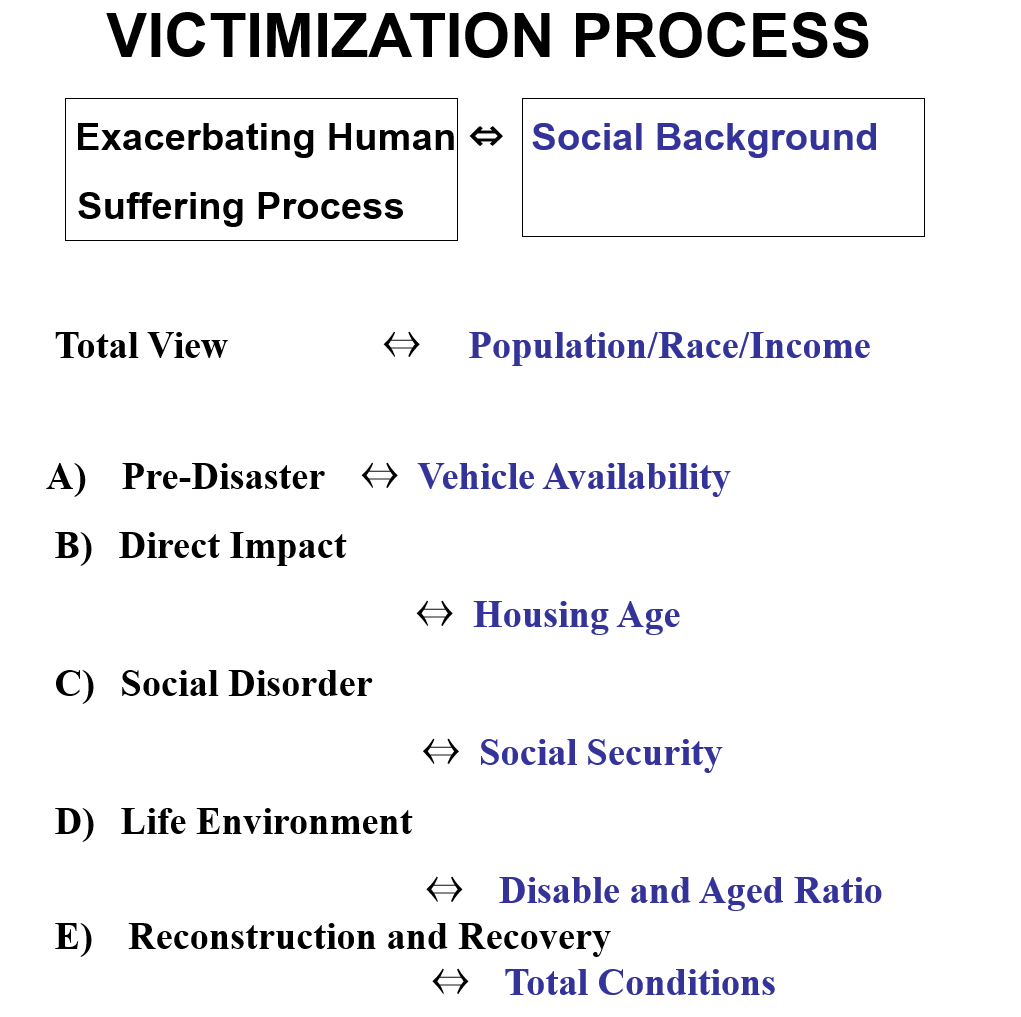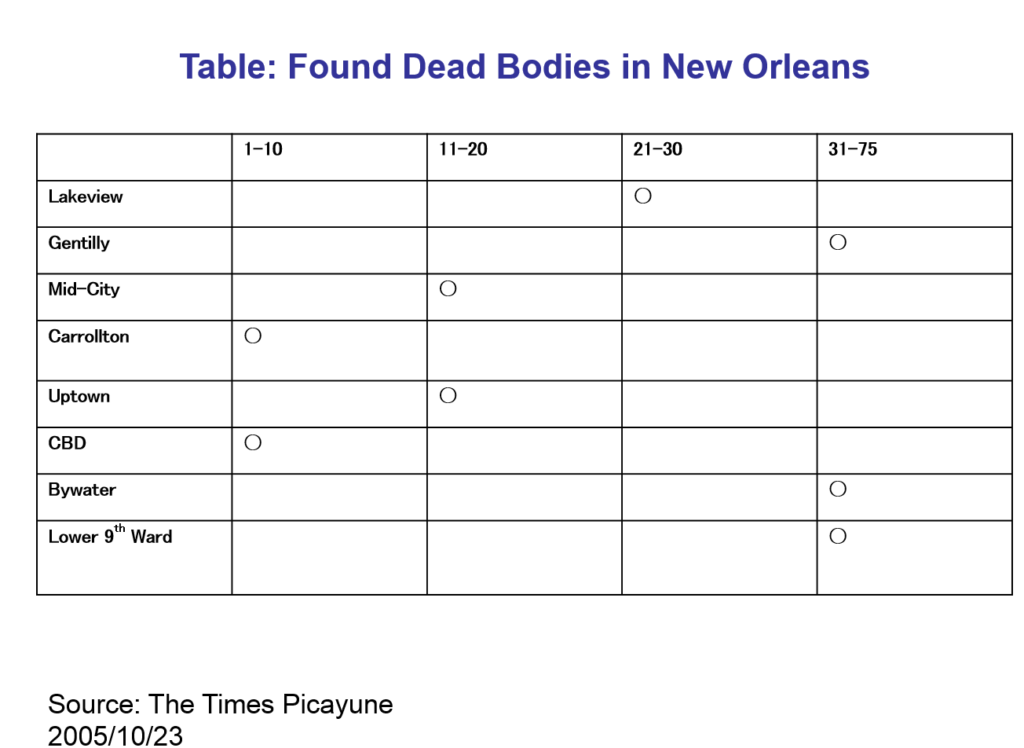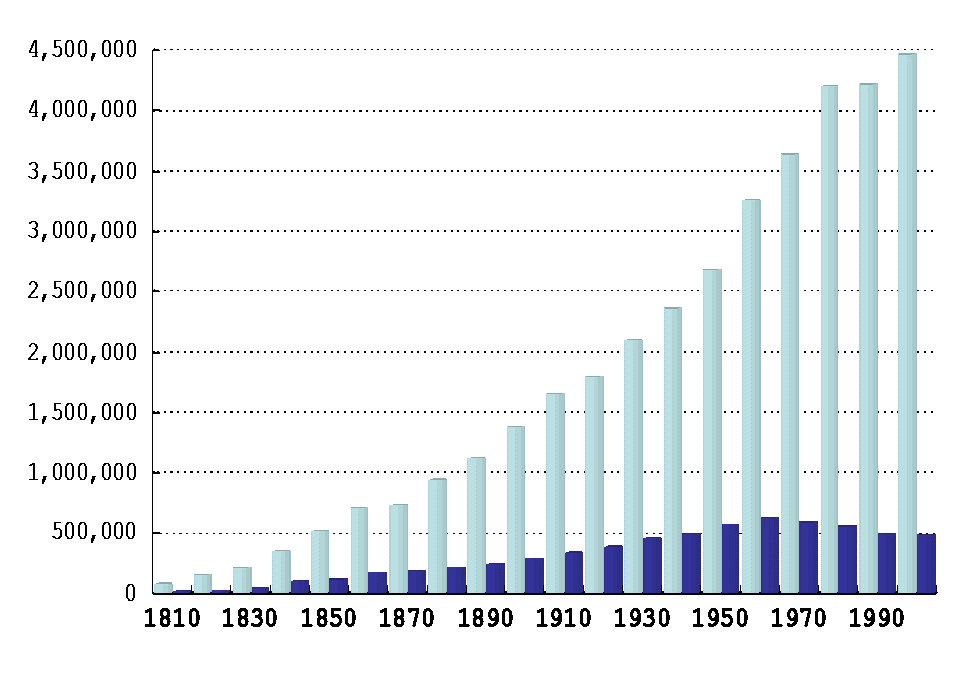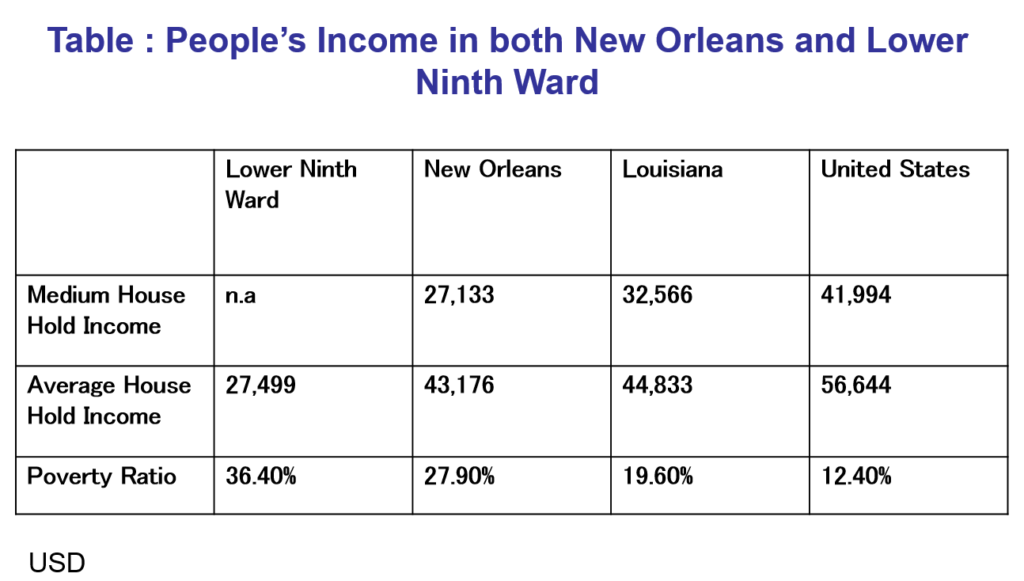1.Volcanic Disasters
North America
Mount St.Helens erupted in 1980. 57 people were dead.
St.Helens volcanic eruption was really huge. You can see this from the following video.
From environmental and sociological perspectives, the difference between the U.S. and Japan is the people’s and nature’s relationships. This case indicated that somehow. The people are living far from nature, on Mt.Helens. That is why the fatality number was not so large compared to the huge eruption. In Japan, people tend to live near and with nature. This is called “Satoyama” in Japanese. Other Asian countries are the same with Japan.
This will be discussed later.
Caribbean
Mount Pelee
St.Pierre City was destroyed completely in 1902 by Mt. Plee’s eruption.
The population of the city was approx. 28000; almost all were dead, only 2 survived. One of the only two survivors was in prison. The story can be seen from the following video.
2. Climate, meteorological, and hydrological disasters: Hurricanes
North America
In 1900, Galveston’s death toll was over 6,000
2005 Katrina, the death toll was over 1400, and the cost was $100 billion . UDS
In 1998, Mitch reported that 13,700 people were victimized in Honduras and 3,300 in Nicaragua
Caribbean
Hurricane Jeanne, 2800 were killed in Haiti
Disaster data, such as death toll, is sourced from the NIED DIL homepage.








